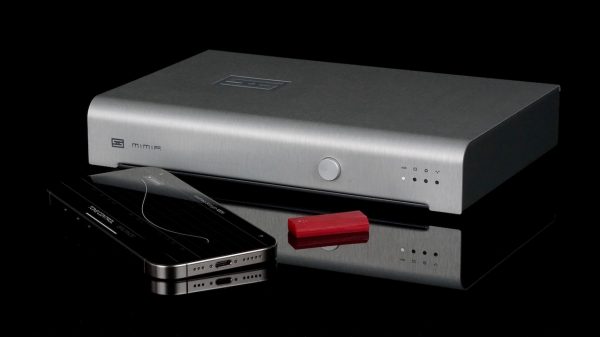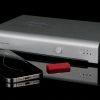Return on investment (ROI) for any expenditure is extremely important. Even in the best of economic times, the most prudent companies, their executives and employees evaluate expenditures carefully to make sure the company will get the most “bang for their buck.” But in these times of financial turmoil, every purchase is double- and triple-scrutinized for ROI–and for very good reason. Nowadays, for every dollar that goes out there’d better be more than one coming back in.
Since IT departments require such a large share of a company’s budget, this is especially true for them. For every piece of hardware and every software solution purchased, ROI must be clearly demonstrated. Fortunately, for defrag, this can be done fairly easily.
File fragmentation slows down performance by requiring extra I/Os be performed for every fragment of every file. This impacts the entire company, as every person will take longer to access reports, create documents, or even simply access data. In addition to the “all-across-the-boards” performance drain, fragmentation can also cut the life of hard drives by 50 percent or more because of the extra activity required by read/write heads. Defragmentation restores performance to the entire system, speeding up production all across the enterprise. It also makes possible the full life potential of a hard drive.
But in today’s frantic computing environment, another factor in evaluating the ROI of a defragmenter is the defrag technology used. Scheduled defragmentation actually decreases ROI by requiring valuable IT time for constantly analyzing the state of fragmentation and setting defrag schedules. Defragmentation must also be performed at times when few to no users are on a system–and today, many servers are required to run 24X7. Any downtime costs the company money.
Scheduled defragmentation is also no longer adequate to the job at hand. Between scheduled runs, defragmentation is continuing to build and impact performance. And in some cases, such as with very large drives, defragmentation may not be occurring at all. Scheduled defragmentation, overall, is actually detracting from ROI instead of enhancing it.
The only technology that actually provides full ROI from defragmentation is a fully automatic solution. Requiring no scheduling at all, this technology works invisibly, in the background, defragmenting with otherwise-idle resources to make sure performance is always at peak and hardware always lasts for its expected lifetime or longer.
ROI from defrag can be easily demonstrated–as long as it is actually defragmenting and not negatively impacting IT and other areas of a company. Look to fully automatic defragmentation for the most positive gain with the least expense in terms of both time and money.























